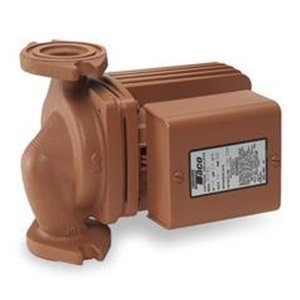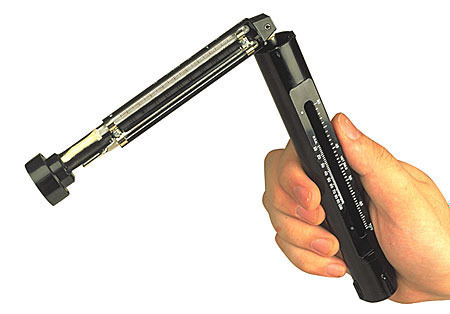A hot water circulator (circulator pump) is a device that circulates hot water through a house’s pipes so that hot water is always instantly available. In traditional one-way plumbing systems, water is run through a hot water heater and directed through the pipes towards the taps whenever a tap is turned on. When a tap is off, the water remaining in the pipes begins to cool and becomes stagnant. This is why users often have to wait a few seconds for the water to get hot. In a plumbing system that has a hot water circulator installed, however, water is constantly circulated and re-heated so that the water is hot whenever the user needs it.
How does a Hot Water Circulator Work?
Typically, a hot water circulator is placed near the hot water heater and continuously pumps and circulates water. Because fluid in a closed-loop pipe always returns to its starting point, a hot water circulator only needs to pump the water hard enough to overcome the friction of the water against the pipes. This means that a hot water circulator can often fit entirely inside of a pipe, although some models leave a small portion of the device sticking out of the pipe. Hot water circulators are usually self-contained and fit all of its parts inside a water-tight casing. They have a small motor that powers a device known as an impeller. The impeller is a wheel with angled blades that shapes the water into a jet stream as the impeller rotates and water passes through it.
 Types of Hot Water Circulators
Types of Hot Water Circulators
There are two main types of hot water circulators. The first is the traditional hot water circulator system. In this system, the circulator is placed near the water heater and simply forces water through the pipe as it exits the water heater. When water returns to the water heater, it is reheated and sent back through the circulator. The other is the thermostatically controlled circulator system. In this system, the circulator is cycled on and off so that the water inside the pipes stays at a relatively constant temperature. This temperature is slightly less than the maximum temperature (120 degrees Fahrenheit) that the water heater produces.
Advantages and Disadvantages
Hot water circulators have several important advantages and disadvantages. For example, hot water circulators constantly provide hot water but increase the user’s electric bill. There is also usually a cross-over between hot and cold water, causing the cold water to be heated as well. Hot water circulators can range dramatically in price depending on the user’s specific plumbing needs. Most hot water circulators are designed to work with the user’s current plumbing system while some require the plumbing system to be modified. Naturally, these modifications are reserved for commercial plumbing systems that are outdated and need replacement anyway, and are almost never applied to domestic plumbing systems.
Where to Find a Hot Water Circulator
Hot water circulators can be found in nearly any retail outlet where bathroom or sink supplies are sold. Some stores include Lowe’s, Home Depot, and Walmart, while online retailers include eBay, Amazon, and Paypal Shopping. Online stores that specifically sell hot water circulators include RedyTemp, NexTag, and Taco HVAC. Popular hot water circulator brands include Bell & Gossett, Armstrong, and Grundfos.




Follow Us!